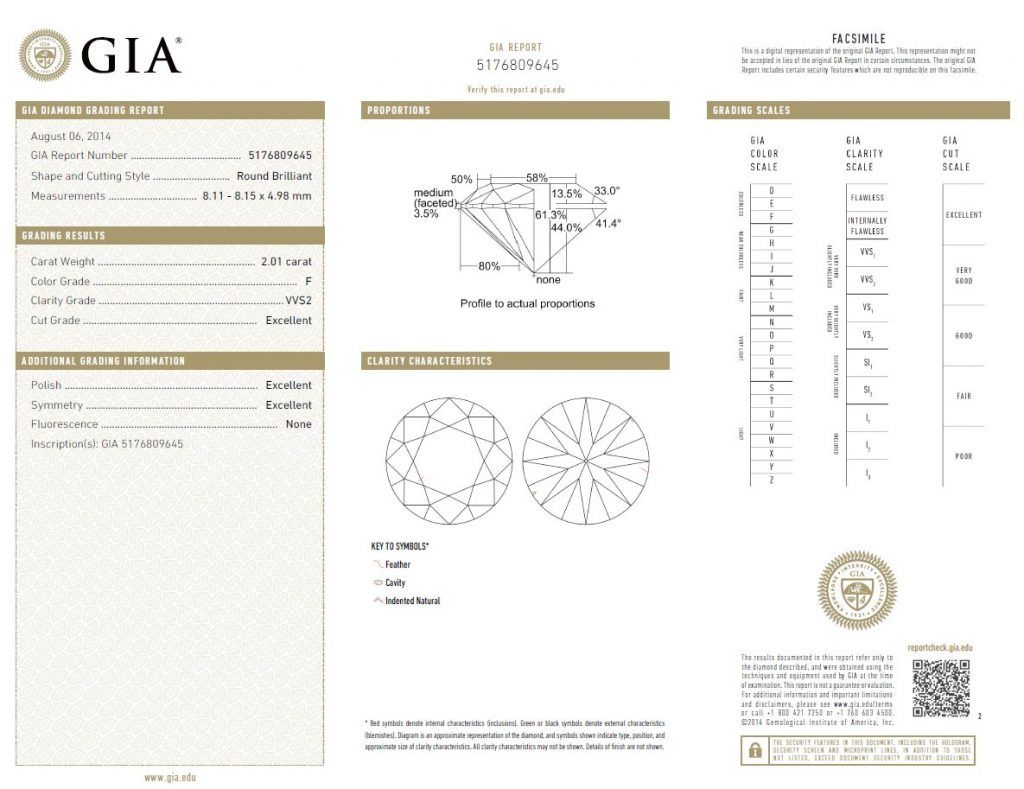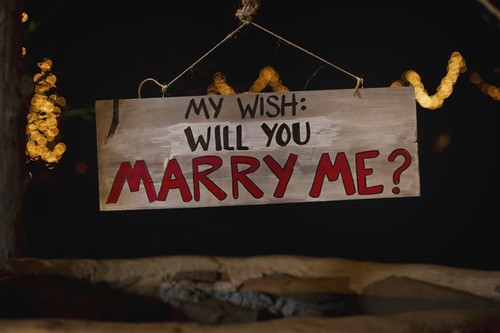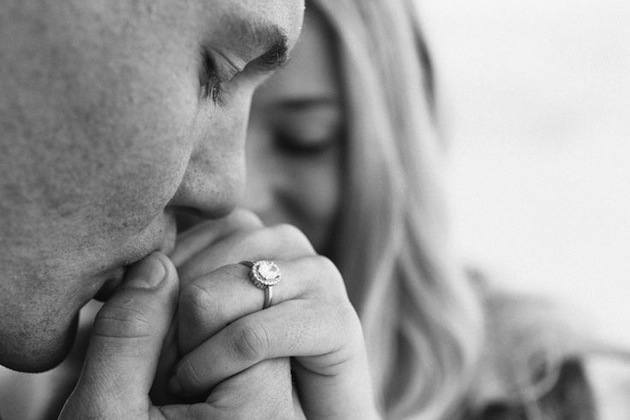
The internet is a wonderful thing. It has massive advantages and it's becoming the only way for people to do their shopping. Loaded with information, it has revolutionised the way we're able to research big ticket items before we commit to purchasing.
In this instance, of course, I'm talking about diamonds. It's increasingly easier to purchase diamonds online, but why you would ever do that is beyond me. In fact, I recently wrote about why hunting for the perfect engagement ring online is a lost cause, and I suggest that once you've read this article you have a read of that one, too.
Anyway, back to this blog.
It seems that a lot of my clients come to see me because I've either been recommended or they've researched online and see, through my reviews, my book and my blogs, that I would be the right person to help make them the perfect engagement ring. However, every now and again I'm confronted with a client who will ask me all sorts of questions which he could only have thought to ask after reading about certain things online. I'm referring to the table percentage, depth percentage, the crown and the pavilion angles.
One particular client was under the impression that a diamond which is graded as triple excellent, i.e polish, cut and symmetry, should also fit in to certain criteria regarding these things, too.
Here's what happened. I didn't give out the information on email or the phone, but instead invited him in for an appointment.
When he arrived I had four diamonds that were all in his range in terms of size, colour and clarity. I laid out the diamonds in front of him along with the basic details of each. All he could see was the size, colour, clarity and the other three characteristics those being the polish, cut and symmetry. At this point he had no idea about which had what angles and percentages. We discussed all the points and he held each one with tweezers and a loupe (eyeglass) so we could see the life in the stones.
Why did I invite him in when I could have saved myself some time and given him the information he wanted by phone or email? Because when you're buying a diamond, you have to see it. You want it sparkle. You want to see the lustre and the scintillation the diamond gives off. You want to see how much life there is in the stone. You're looking for that special twinkle.
I placed them all on a card alongside each other to compare the sparkle in the light and by the end of it my client picked out the diamond he thought was the best looking one of the bunch.
Then I showed him all the other details I knew he was craving. That of the table percentage, depth percentage, the crown and the pavilion angles. He was shocked - and pleasantly surprised. It turned out that the angles and percentages that he thought he wanted were of the diamond with the least amount of sparkle.
That story is no word of a lie. It's amazing that not so many years ago a table of 62% was considered as an optimum size and today everyone's been told that it should be around the 57% mark.
In my opinion, there's possibly too much information on a diamond certificate and, of course, the information varies depending on which laboratory has certified the diamond - not to mention that there are many different labs opening up each year around the world, and closing down, too. For me, I only use diamonds graded by the GIA. Anyone worth their salt in this trade knows, understands and agrees that they are the most stringent and most respected the world over.
One more thing to remember and consider: there are two more things that aren't available and written on the diamond certificate. The first is the mine or country of origin. The reason for that is quite involved and I'll delve into that another time.
The other thing you won't know from a certificate is that your stone grading may well read as a “Triple excellent stone”, but it can still look dull, with reduced lustre. It's very common, and the trade call this ‘Milky’ or ‘Sleepy’. That said, the stone may well appeal to you anyway, as often it's cheaper than its competitors.
Good jewellers and experts with years of knowledge on diamonds can tell by both inspection and instant gut reaction but we also understand a stone certificate, how to read it and what to look for. Remember the certificate grading is partly a science.
It's a hugely competitive market, so question yourself as to why two seemingly identical stones may be poles apart in price - it's not simply that one company has higher business costs than another!
It wouldn't be fair for me to blame the internet for this misleading type of trading, as many internet jewellers have originally been traditional jewellers or stone merchants with high standards of customer relations; but this issue is quite a technical matter, so my advice is to keep your senses on high alert.
So, what can we learn from this story? Well, a few things. Here's a good checklist:
- Be careful about where you get your information from.
- Never buy a diamond online.
- It could well be the third largest single purchase you are likely to make, behind a car and house, so always make sure you see it in person first.
- Don't fall into the trap of buying based on the certificate alone, however great it reads - ours is a tactile trade, so you should always buy a stone you've seen and held and you should always compare other loose stones from the same jeweller at the same time.
- Never buy from a choice of one!
- Always go to see a jeweller who sells GIA certified diamonds and look at the certificate alongside the stone, but don't let the certificate sway you. As it says at the top of the page, make sure you buy the stone and not the paper. Good luck!
If you would like to talk about the options for your engagement and wedding rings in more detail, then please do call for a free consultation in our central London Hatton Garden office and we would be glad to help you. Our details are on the main page of the Lewis Malka London website.
Lewis Malka is a highly regarded expert in making diamond rings as well as being a famous jeweller to the stars. All his blogs are his own opinions. He is a member of the London Diamond Bourse (LDB). You can follow him daily on Facebook, Twitter and Instagram.







